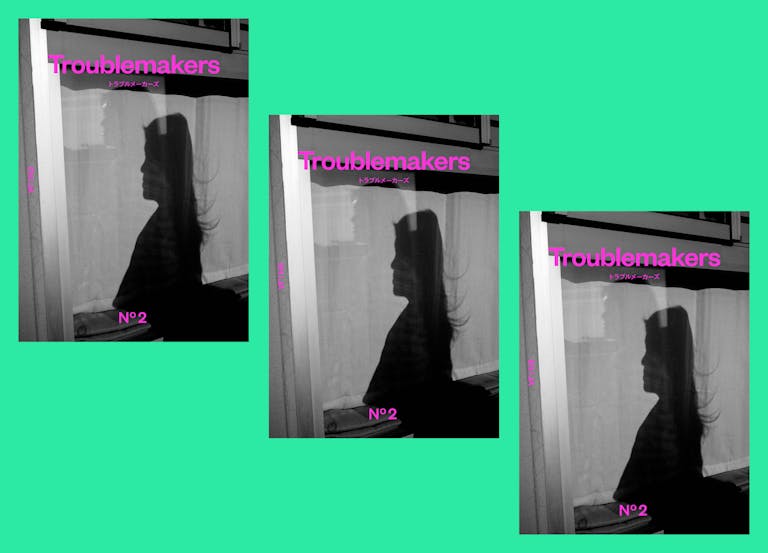Behind the scenes: Off Life magazine
Off Life is a magazine on a mission. Its aim is to introduce more readers to the indie comics community, and so it publishes illustrations and stories by big name artists alongside the work of up-and-coming talent, and gives the whole thing away for free both in print and online.
As issue 12 hits the streets of Bristol, Bath, Cardiff and London, I caught up with co-founder Daniel Humphry to ask why he started the street press institution, and to find out whether he’d ever add a cover price.

Why did you choose to publish Off Life as a free sheet?
We had the initial idea back in 2012 when I’d just moved back from Melbourne and my friend Steve (the art director) had got back from travelling across South East Asia and America. We both wanted to start a project, and street press – free magazines you’d find in bars – felt like a sneaky back door into publishing our own magazine. Back then, the only street press magazines we could find were ‘what’s on’ or music listings, which are great, but not the most inventive genre. Where we’d been, you’d find sport magazines, philosophy mags, art mags, all free in bars and galleries. And we wanted to bring a bit of that back to the UK – it was just a question of finding the right content.
So we’d sit in bars to see what people did with these magazines – they’d pick them up, look at a page for 20 seconds, flick through front to back and then their friend would turn up and they’d go to the bar. We thought comics would be a perfect medium for this model, because the way people read them doesn’t need a huge attention span. And I think the world of free sheets has definitely boomed – there’s much more variety these days, and good quality too.

Does Off Life still hold the same aim as it did when it started out?
Yes! We began with the idea of rejuvenating street press, and we also wanted to bring independent comics to a bigger audience, something I thought was undervalued then and probably still is a bit under-served. Comics and artists don’t have the platform they need or deserve. That was our aim then and it still is now.
People keep asking us when we’re going to turn into a paid-for magazine but I think we’d be betraying our goals.
So you can’t ever see a day when you put a cover price on Off Life magazine?
No. I think it would betray the whole reason we started. We’re there to serve the artists and give them space, and if we start making cover price money off the back of them, then that makes things a bit awkward. The magazine feels like a two-way space; they give us the artwork, and we create a platform for them.
If we did add a cover price, we wouldn’t be serving a wider audience. I like the idea of someone who’s never read an indie comic picking it up in a bar and taking it away with them. I’d wonder if that would happen if we were asking them to pay £3 or £4.

Have you found it easier to get big name contributors as Off Life has grown?
We were lucky from the start, but as it’s got bigger and we’ve been featured in more places, we’ve been able to get some decent-name European and American talent. It all goes back to comic artists having fewer platforms on the indie front to get people’s attention. Outside of comic shops, there aren’t that many places for them to show off their work.
Off Life is submissions-based – we get between 100-200 per issue, from people making their first comics to bigger names sending their work in. It’s always a bit daunting, not knowing exactly what’s coming to us four weeks before we go to print. But that’s what makes putting the magazine together so exciting.
We’ve always wanted the magazine to be a reflection of what’s happening in the indie comic scene at that moment, so printing a month after the submission deadline does feel like we’ve made it a true reflection of that moment.

What’s next?
This is the last issue of Off Life for 2015. We’re beginning to put together the Yellow project we’ve been working on, in which 52 artists have been illustrating 52 weeks of news since last November. It’s a weekly digital piece that’s going to be collected into a beautiful book come late November. So we’ve moved into illustration as much as comics, and books as much as magazines.
With Off Life, we want to help a scene or a medium, but with Yellow, we wanted to see what artists can bring to traditional news coverage – so there is a much bigger aim to it. But whatever happens with Yellow, there will always be Off Life. It’ll be back at the end of January 2016!
—
Get the world’s best independent magazines delivered to your door – sign up to Stack and we’ll do the rest






